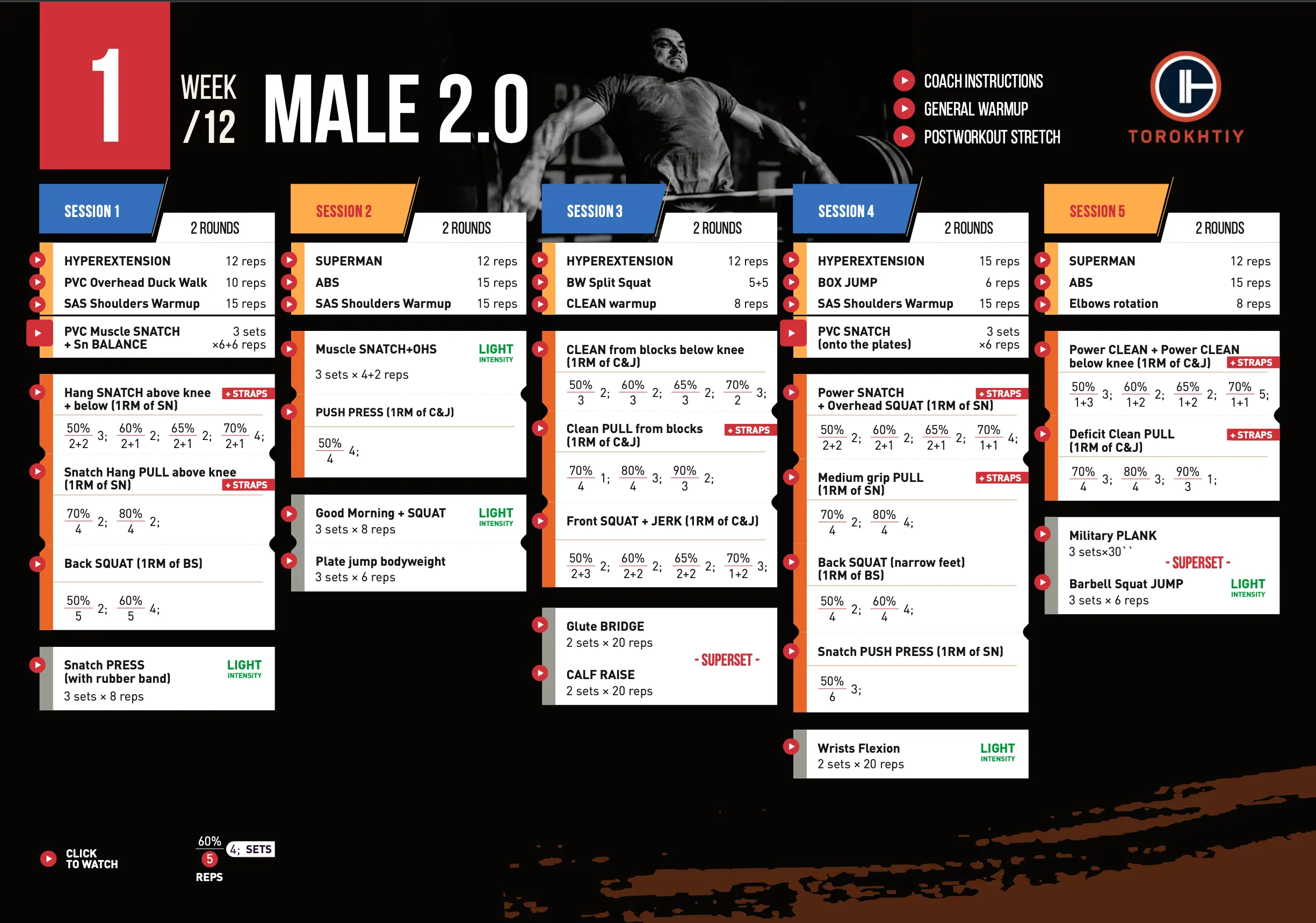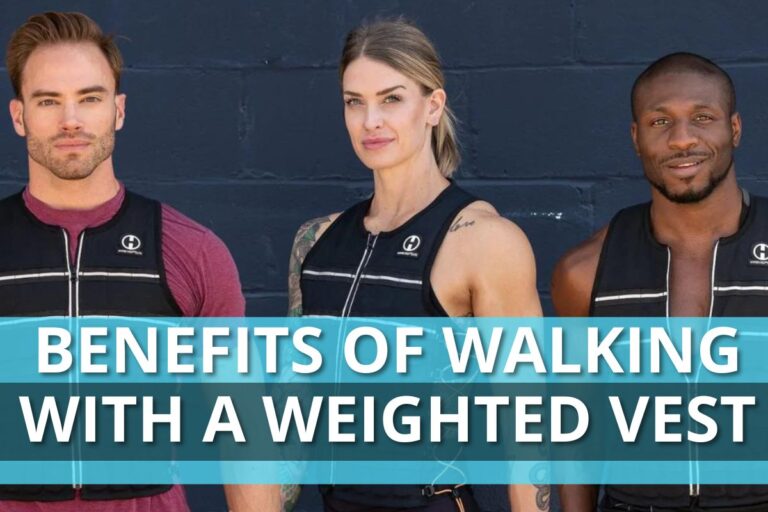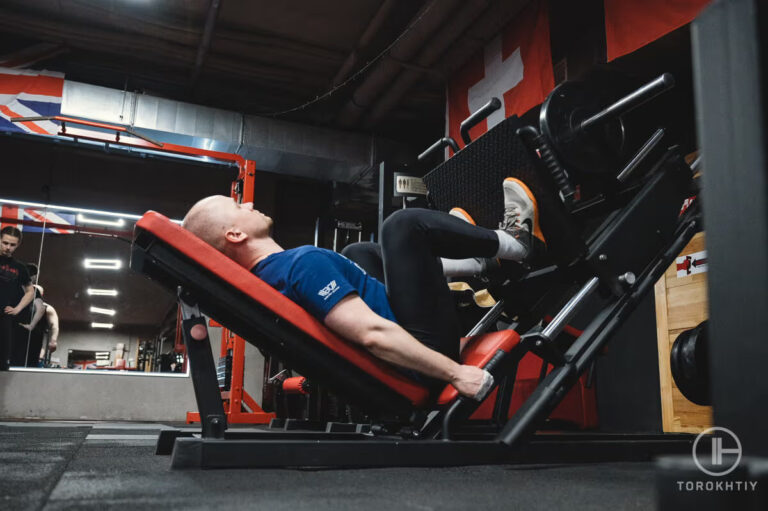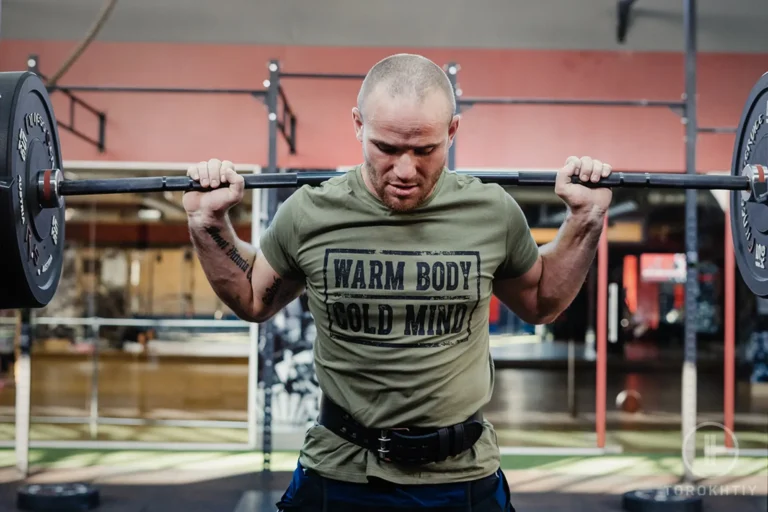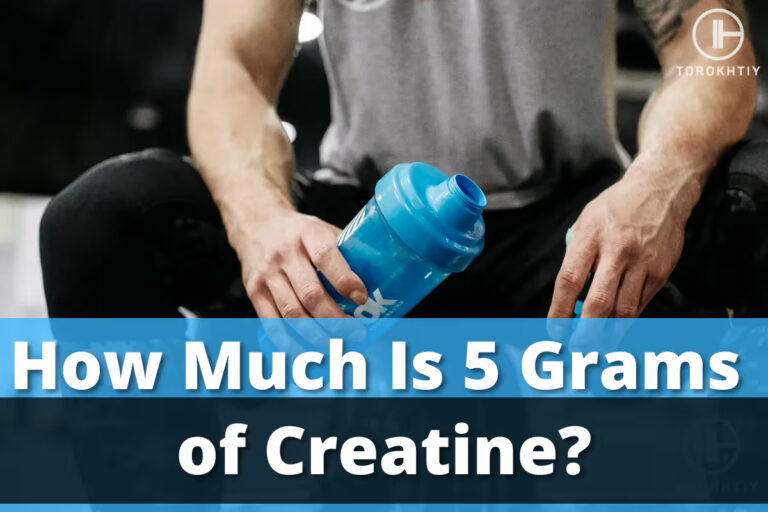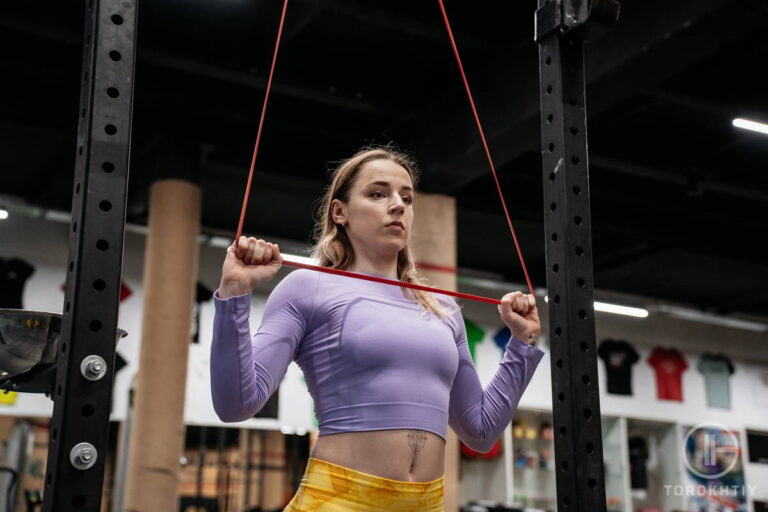What Is An Olympic Medalist Like?
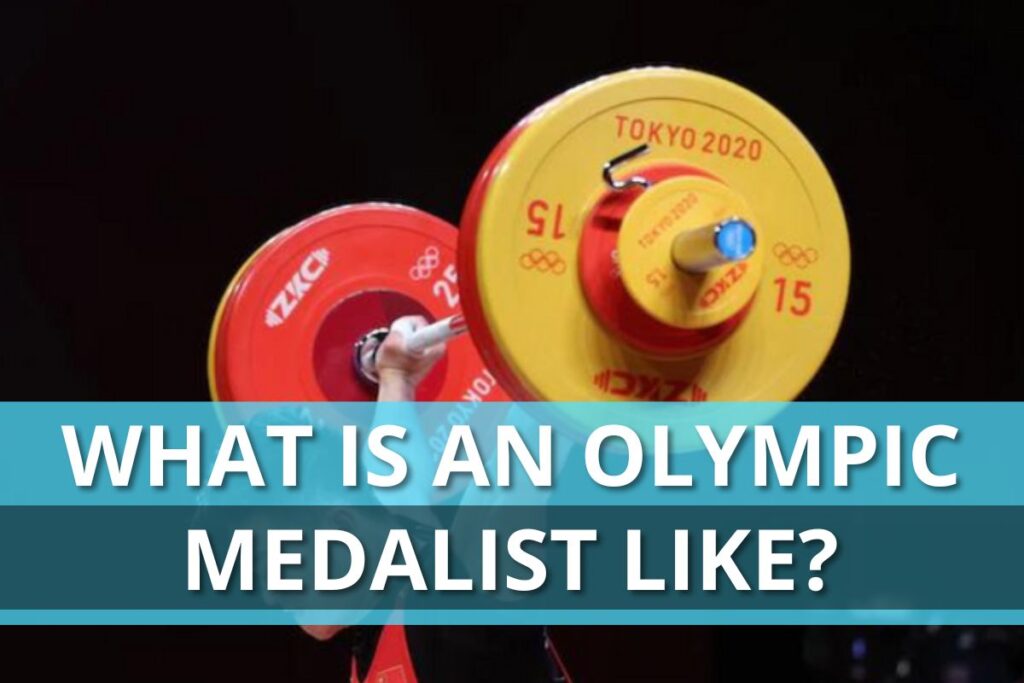
This article also available as audio. Check this out!
Subscribe and listen it anywhere:
I’m not sure if you all know but I have been a postgraduate for more than a year. I’m really into science now so one of my goals for the next 4 years is to present a dissertation and become a PhD.
My supervisor is Valentyn Oleshko – a famous professor, known in the world of sport science since the 80’s. His textbooks and books (some were written together with the soviet scientist Nikolay Laputin) are translated into English and Portuguese. Many coaches all around the world have studied his surveys. A few years ago, it dawned on me that practice combined with theory and science would also broaden my understanding of the training process.
After the Tokyo Olympics, we decided to do some research in order to “draw the picture” of an Olympic athlete. Professor Oleshko and other scientists have carried out this kind of investigation before. However, some rules were changed during this Olympic cycle, including weight classes, selection, and qualification systems. Therefore, the “competitors’ map” has changed significantly.
Professor Oleshko conducted the research, and our small team of me, the Chinese postgraduate Tangxun Yang, and PhD Sergii Putsov was responsible for data collection and analysis.
It was a surprise to find out how much information was available as a result of Olympic accreditation, and how many assumptions were made on its basis. We used only athletes’ questionnaires with simple answers (about the starting age, other sports experience, etc.) and the competition results, and we ended up with the whole 15-page survey.
In this article, I will share some data and a short analysis. I’m not going to overload you with excessive and boring details about mathematical statistics. Still, if you are interested, find all the data and tables in the publication HERE. Sorry in advance for the quality of the translation (the journal made it without our revision so some terms are slightly weird).
We analyzed 140 athletes who finished at the 1-10 positions at the Tokyo Olympics. First, we studied the medal distribution between the countries and then various athletes’ characteristics of different weight classes, both male and female.
The total medal number was 42 (21 for both male and female 7 weight classes). Let’s have a look at the distribution between the countries:
| Number of medals won | Country |
|---|---|
| 8 | China |
| 3 | Italy, Indonesia |
| 2 | Ecuador, Taiwan, USA, Dominican Republic, Georgia, Venezuela, Kazakhstan |
| 1 | Philippines, Canada, India, Turkmenistan, Great Britain, Japan, Mexico, Qatar, Uzbekistan, Columbia, Armenia, Iran, Latvia, Syria |
The biggest number of licenses (4 male and 4 female) were grabbed by 2 countries: China and the USA. Yet, China managed to win all 8 medals (100%) and the USA – 2 (25%).
Korea (7 licenses), Spain, France, Cuba, and Australia (with 3 licenses each) showed the lowest result. Unfortunately, they ended up with no medals.
The average age of Olympic male champions is 23-29. The youngest champions are 21-year-old Akbar Juraev (UZB) and Keidomar Valenilla Sanchez (VEN), and the oldest one is remarkable Liu Xiaojung. Just think of it: he won the Olympics at 37. It is another proof that the human body indeed has no limits.
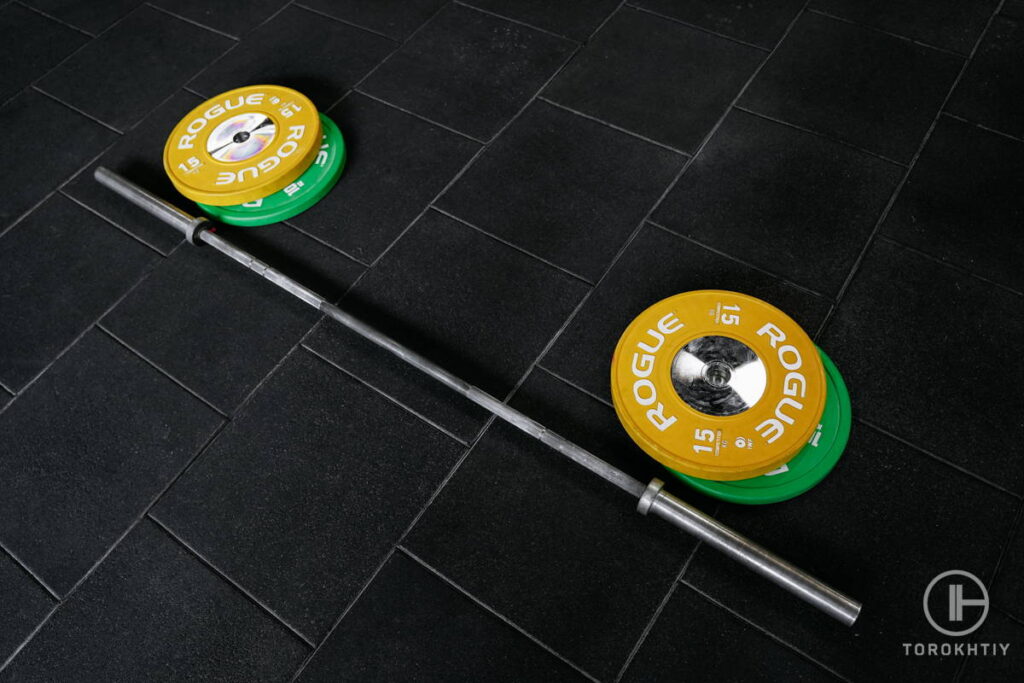
The average starting age varies from 10 to 15 years old. Athletes who went into weightlifting at 15-16 usually had done some other sports before. For example, Zacarias Bonnat Michel (a silver medalist) from the Dominican Republic had tried baseball, taekwondo, and wrestling.
While analyzing the data, we came to the conclusion that it usually takes 11-16 years to reach the Olympic pedestal. Still, 3 athletes managed to do that in only 9 years of training: Zacarias Bonnat Michel (DOM), Antonio Pizzolato (ITA), and Ali Davudi (IRN). It is considered that 8-12 years is just enough to reach the pinnacle of one’s capacity. Yet, Rahmat Abdulla (IDN) and Arturs Plesnieks (LAT) needed 20 years for it.
As to the female weightlifters, the average age of Olympic champions is 23-29. The youngest medalist is 19-year-old Windy Eisah (IDN), and the oldest one is Georgia Bordignon (ITA) – 34 years old.
Female athletes usually come into weightlifting at 10-14 years old. Still, Chen Wen-Hu (TPE) started at 8, and the Canadian Olympic champion Made Sharron – at 19. She used to be a circus acrobat and then tried fitness. Catherine-Elisabeth Nye has almost the same story: she started training at 16 after being a professional gymnast for a while.
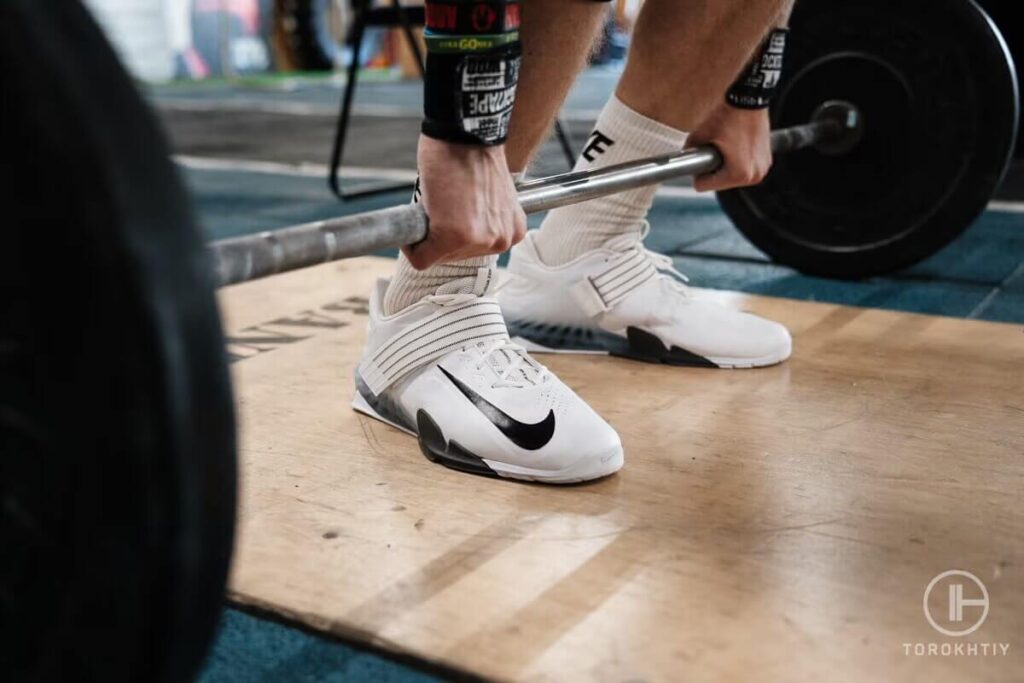
According to many authors, women need approximately 8-15 years to reach the Olympic pedestal. Yet, 2 athletes turned out to be faster: Catherine-Elisabeth Nye (USA) – 6 years, Emily Campbell (GBR) – 7. However, Kuo Hsing-Chun (TWN) and Hidilin Diaz (PHL) had been working towards it for 18 and 19 years.
The snatch to clean & jerk ratio is an important indicator of the competition’s success. Professor Oleshko says that the model ratio is 79-85%. At the Tokyo Olympics, this indicator among the women was 78,7 ± 2.7% and 82,0 ± 2.2% among the men. Also, the analysis showed that men usually get a big total due to high results in both exercises while women tend to lift comparably more in the clean & jerk.
The starting weight percentage is 95,1-96,2% among the women and 94,3-97,4% among the men in the snatch, and 94,3-95,8% among the women and 94,3-95,5% among the men in the clean & jerk. All the data aligns with the other specialists’ numbers.
As usual, the female medalists were more stable on the platform than the male ones and showed a higher success rate of attempts:
| Snatch | Clean&Jerk | |
|---|---|---|
| Female | 74,2 | 75,8 |
| Male | 66,2 | 62,8 |
As to the competition and result density, the hardest fight for the pedestal was among the women in the 64 kg weight class and in the 67 kg, 73 kg, 96 kg and 109 kg men weight classes. It is interesting that in the 67 kg weight class the gap between the 1st and the 10th positions was 1 kilo in 70% of athletes. The +109 and +87 kg weight classes appeared to be the least competitive since the gaps between the 1st and the 10th positions were 107 and 100 kilos.
🔻12-Week Olympic Weightlifting Program by Oleksiy Torokhtiy
Transform your strength and technique with our 12-week Olympic Lifting Program, made up of 5 sessions per week.
It is designed by Olympic Champion for athletes who are looking to set new personal records safely in Snatch or Clean & Jerk.
Program details:
- 12 weeks + 2 bonus weeks
- 45-120 minutes per session
- 50+ specific exercises/98 video instructions
- Primary focus on Olympics Lifts
- Full access to all training content
- Weekly video coach instructions
Start now and boost your weightlifting results!
During this competition, the men set 30 Olympic records and 4 world ones (the Georgian athlete Lasha Talakhadze set 3 of them). The women got 25 Olympic records but no world ones.
In conclusion, I should point out that the sample for the analysis was rather small and some kind of elite (TOP 10 athletes from every weight class at the Tokyo Olympics). Moreover, we analyzed champions and medalists separately. Therefore, it is important to consider the results as unique personal characteristics rather than tendencies. On top of that, this small sample was significantly influenced by the selection system, valid for athletes and countries which got their licenses.
Related articles:
- 5 Tips To Get Shredded For Summer
- Youth Training – What We Need To Know
- How To Calculate Training Load
- Why Athletes Hate Jerk Lift
You might be interested in:
Why Trust Us?
With over 20 years in Olympic Weightlifting, our team does its best to provide the audience with ultimate support and meet the needs and requirements of advanced athletes and professional lifters, as well as people who strive to open new opportunities and develop their physical capabilities with us.
By trusting the recommendations of our certified experts in coaching, nutrition, dietology, and sports training programming, as well as scientific consultants, and physiotherapists, we provide you with thorough, well-considered, and scientifically proven content. All the information given in the articles concerning workout programming, separate exercises, and athletic performance, in general, is based on verified data. We ensure that you can rely on our professionals’ pieces of advice and recommendations that can be treated as personalized ones which will benefit you and fully meet your needs.
The product testing process is described in more detail here
Author: Sergii Putsov
Head of Sport Science, PhD
Best Results: Snatch – 165 kg,
C&J – 200 kg
Sergii Putsov, Ph.D., is a former professional weightlifter and National team member, achieving multiple medals in the 94 kg weight category at national competitions. With a Master’s degree in “Olympic & Professional Sport Training” and a Sport Science Ph.D. from the International Olympic Academy, Greece, Sergii now leads as the Head of Sport Science. He specializes in designing training programs, writing insightful blog articles, providing live commentary at international weightlifting events, and conducting educational seminars worldwide alongside Olympic weightlifting expert Oleksiy Torokhtiy.






